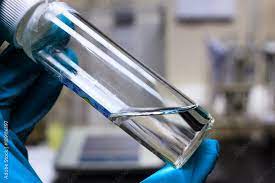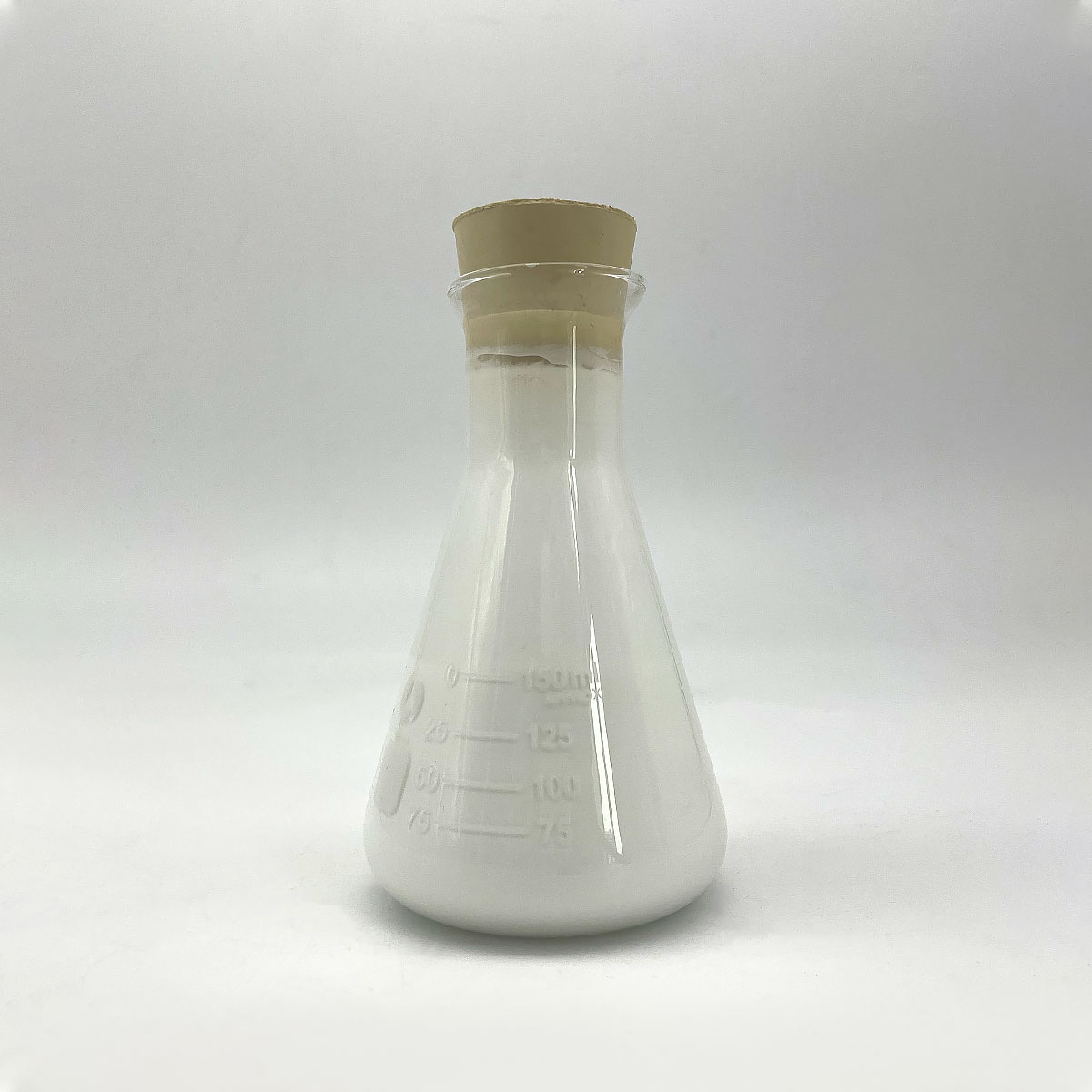Overview of Activated Alumina Microsphere Used in Fluidized Bed
Amphoteric surfactants are a unique class of surface-active agents that possess both cationic and anionic properties, depending on the pH of the system they are in. They contain both a positively charged group (like a quaternary ammonium salt) and a negatively charged group (such as a carboxylate or sulfonate), which can ionize depending on the surrounding conditions. This dual nature grants them exceptional versatility, making them effective in a wide range of pH environments and compatible with other surfactant types. They are known for their mildness and excellent dermatological compatibility, rendering them particularly suitable for personal care applications.
Features of Activated Alumina Microsphere Used in Fluidized Bed
-
pH Responsiveness: Their charge varies with pH, becoming cationic in acidic conditions and anionic in alkaline, with a zwitterionic (neutral) state at the isoelectric point.
-
Mildness: Known for being gentle on skin and eyes, making them ideal for sensitive applications like baby care and personal hygiene products.
-
Foaming Properties: Can generate rich, stable foam even in hard water conditions, enhancing their use in cleaning products.
-
Emulsification: Efficient emulsifiers capable of forming both oil-in-water (O/W) and water-in-oil (W/O) emulsions, depending on the formulation and pH.
-
Compatibility: Because they have both anionic and cationic properties, they are compatible with other types of surfactants and can work synergistically to enhance cleaning effects.
-
Biodegradability: Many amphoteric surfactants are readily biodegradable, contributing to their environmentally friendly profile.

(Activated Alumina Microsphere Used in Fluidized Bed)
Specification of Activated Alumina Microsphere Used in Fluidized Bed
Turned on alumina microspheres for fluidized bed applications are high-performance adsorbents developed for effective gas and fluid drying. The product is made from high-purity light weight aluminum oxide. It undergoes a specific process to create spherical particles with uniform size and shape. These microspheres have a diameter ranging from 1.5 to 5.0 millimeters. The round shape guarantees smooth fluidization in beds. It lowers friction in between particles and devices.
The material has a high area, commonly in between 300 and 350 square meters per gram. This big surface improves adsorption capability. Pore volume is around 0.4 to 0.5 milliliters per gram. The pore framework is optimized for rapid moisture absorption. It functions well in both high-temperature and low-humidity conditions.
Crush stamina surpasses 100 Newtons per fragment. This mechanical durability prevents breakage during fluidization. It extends the product’s service life. The particles withstand attrition even under continuous movement. This reduces dirt formation and upkeep prices.
Activated alumina microspheres are chemically secure. They endure direct exposure to acids, antacid, and natural solvents. The material runs properly in temperature levels as much as 500 levels Celsius. Thermal security ensures regular efficiency in cyclic regrowth processes.
The product is utilized for drying pressed air, gas, and refrigerants. It gets rid of water vapor successfully. It also detoxifies hydrocarbons and removes contaminations in petrochemical streams. The microspheres are reusable. They regenerate quickly by warming to 200-300 degrees Celsius. This recovers their adsorption capacity with very little loss.
Particle thickness is approximately 0.7 to 0.8 grams per cubic centimeter. Mass thickness varies from 450 to 550 kilograms per cubic meter. These homes help keep steady fluidization with reduced power input. The uniform dimension circulation protects against funneling in the bed. This makes sure also gas or fluid flow.
The product meets sector criteria for pureness. It contains less than 0.1% soluble sodium oxide. This lessens contamination risks in delicate processes. Packaging alternatives consist of moisture-proof bags or drums. Storage referrals highlight keeping the product completely dry before use.

(Activated Alumina Microsphere Used in Fluidized Bed)
Applications of Activated Alumina Microsphere Used in Fluidized Bed
Activated alumina microspheres serve numerous functions in fluidized bed systems. These little, permeable bits manage gas drying efficiently. They soak up dampness from gases in sectors such as natural gas processing. The high surface allows maximum contact with gas particles. This guarantees effective moisture elimination. The fluidized bed arrangement maintains fragments in constant movement. This movement prevents clumping and improves adsorption prices.
Triggered alumina microspheres function as stimulant providers in chemical reactions. Their spherical shape and uniform size aid distribute stimulants uniformly. Fluidized beds enhance warm and mass transfer throughout responses. This setup increases response performance. Industries utilize them in procedures like hydrocarbon cracking. They endure heats without damaging down. This toughness reduces replacement regularity.
They purify fluids and gases in environmental applications. As an example, they eliminate fluoride from drinking water. The porous structure catches pollutants while letting tidy liquid pass. Fluidized beds enable continuous procedure. Used particles can be restored by home heating. This decreases long-term costs.
The petrochemical market counts on these microspheres for sulfur removal. They adsorb sulfur compounds from fuels throughout refining. The fluidized bed guarantees consistent get in touch with between particles and feedstock. This step is essential for satisfying fuel high quality standards. Their mechanical strength stops disintegration in high-velocity gas streams.
Thermal security makes them ideal for high-temperature processes. They preserve efficiency in settings surpassing 500 ° C. This security is vital for applications like syngas filtration. Easy regeneration expands their service life. Home heating invested microspheres launches trapped compounds. They go back to their initial state for reuse.
The spherical form lessens rubbing in fluidized beds. This lowers energy required to maintain bits put on hold. Uniform dimension circulation prevents irregular fluidization. Operators accomplish foreseeable system actions. These characteristics make activated alumina microspheres a useful choice for industrial fluidized bed operations.
Company Profile
SurfactantChina is a trusted global chemical material supplier & manufacturer with over 12-year-experience in providing super high-quality surfactant and relative products.
The company has a professional technical department and Quality Supervision Department, a well-equipped laboratory, and equipped with advanced testing equipment and after-sales customer service center.
If you are looking for high-quality surfactant and relative products, please feel free to contact us or click on the needed products to send an inquiry.
Payment Methods
L/C, T/T, Western Union, Paypal, Credit Card etc.
Shipment
It could be shipped by sea, by air, or by reveal ASAP as soon as repayment receipt.
5 FAQs of Activated Alumina Microsphere Used in Fluidized Bed
Activated alumina microspheres in fluidized beds handle drying and purification. Below are common questions about their use.
What is activated alumina microsphere used for in fluidized beds?
It removes water vapor and impurities from gases or liquids. Fluidized beds need materials that work under constant movement. Activated alumina’s porous structure traps moisture and chemicals. This makes it ideal for drying gases like natural gas or purifying liquids in industries.
Why choose activated alumina over other adsorbents here?
It has high surface area and resists physical wear. Fluidized beds involve intense particle collisions. Activated alumina stays stable under high heat and pressure. Silica gel breaks down faster. Molecular sieves cost more for similar jobs.
Does particle size matter for these microspheres?
Yes. Uniform size ensures even fluidization. Small particles improve contact with fluids. This raises adsorption efficiency. Too-small particles might escape the bed. Too-large ones reduce surface area access. Most systems use 1-5 mm microspheres.
How do you regenerate spent activated alumina in these systems?
Heat it to 200-300°C under controlled conditions. Hot air or nitrogen removes trapped moisture. Vacuum setups speed up regeneration. Reactivation works multiple times. Performance drops after heavy contamination. Check crush strength and capacity regularly.
Which industries use this application most?
Petrochemical plants dry gases before processing. Air separation units remove water from oxygen or nitrogen streams. Environmental systems capture volatile organics. Pharmaceutical companies purify solvents. Natural gas processing relies on it for pipeline-grade drying.

(Activated Alumina Microsphere Used in Fluidized Bed)






